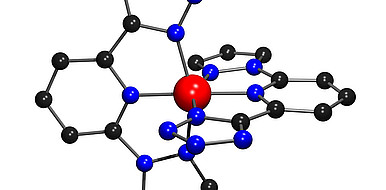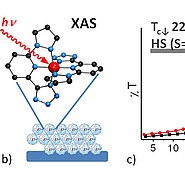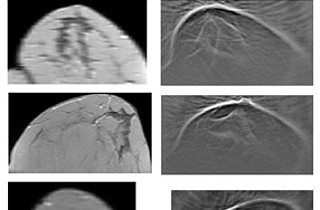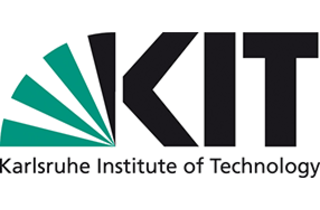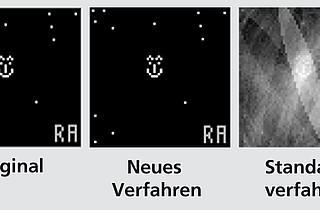Contrast medium for tumor detection
To detect tumors and visualize tissue structures, physicians use an imaging process, called Magnetic Resonance Imaging (MRI). In this process, contrast media are applied to better recognize structures and to distinguish tumors from healthy tissue.
State of the art
Many contrast media used so far consist of complex compounds with gadolinium as the central particle. Gadolinium is a rare earth and may have side effects, such as connective tissue proliferation, in patients with kidney injuries in particular. This proliferation is also known as nephrogenic systemic fibrosis.
Technology
KIT scientists of the Institute of Nanotechnology (INT) have developed an uncharged iron complex compound that resembles natural complexes in the body. The magnetic behavior of this complex depends on temperature. When used as a contrast medium, the temperature difference between the tumor and surrounding tissue is visualized much better. This additional contrast cannot be achieved when using known gadolinium complexes. Instead of the hazardous gadolinium, the new complex contains an iron atom as a central particle that is coordinated by two ligands. Electrostatic forces of attraction between the central particle and the ligands ensure stability in an aqueous environment. The location of the energy levels and, hence, the magnetic properties are influenced by ambient temperature.
Advantages
The exact temperature at which switching from the non-magnetic to the magnetic behavior takes place can be adjusted by the selection of the organic ligands. Hence, the magnetic behavior may change at small temperature changes, such as that in the tumor tissue, already. This is then reflected by different relaxation times in the MRI. In addition, the complex compound may also be used for storage media, temperature sensors, or papers, the color of which varies depending on temperature.
Options for companies
The KIT looks for partners to further develop and apply the technology.
Your contact person for this offer
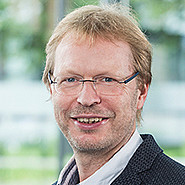
Innovation Manager Karlsruhe Institute of Technology (KIT)
Innovation and Relations Management (IRM) Phone: +49 721 608-25587
Email: rainer.koerber@kit.edu

